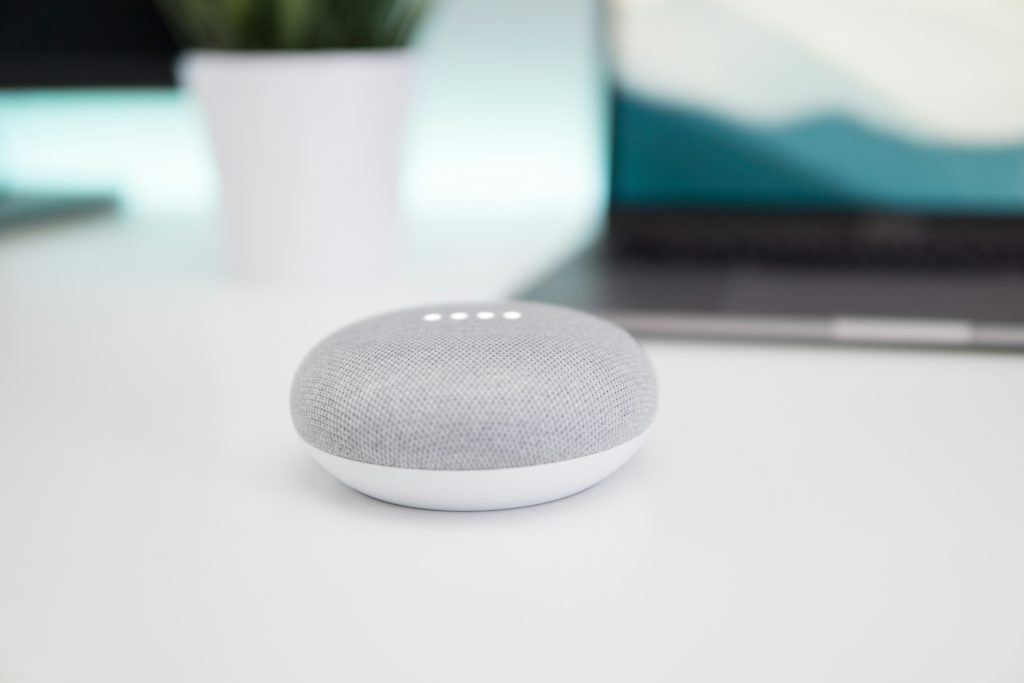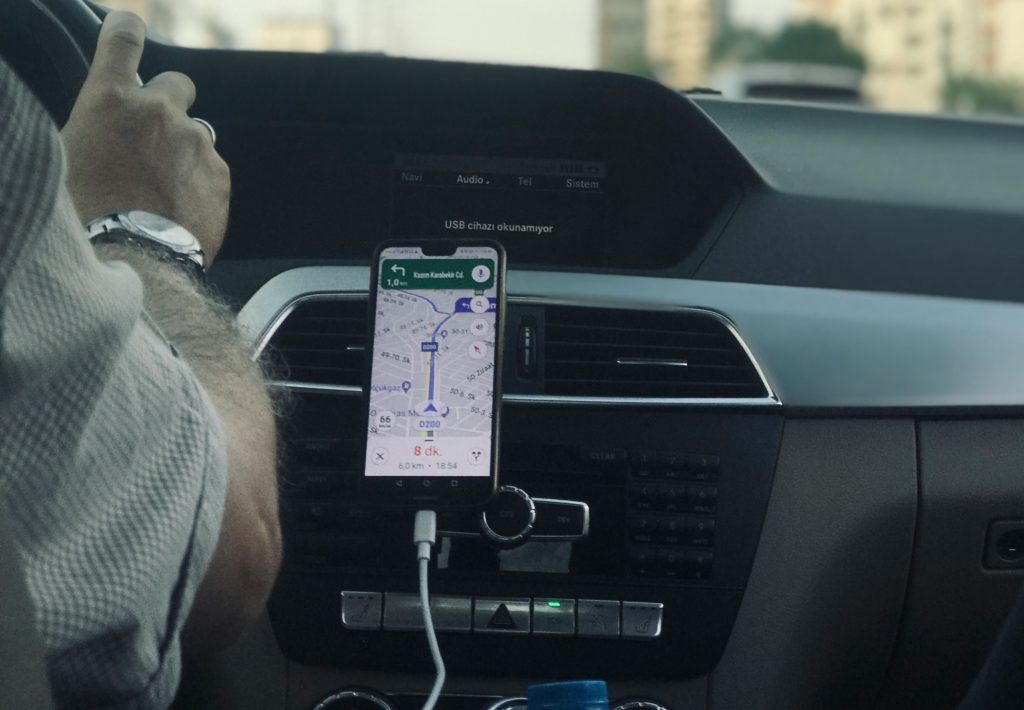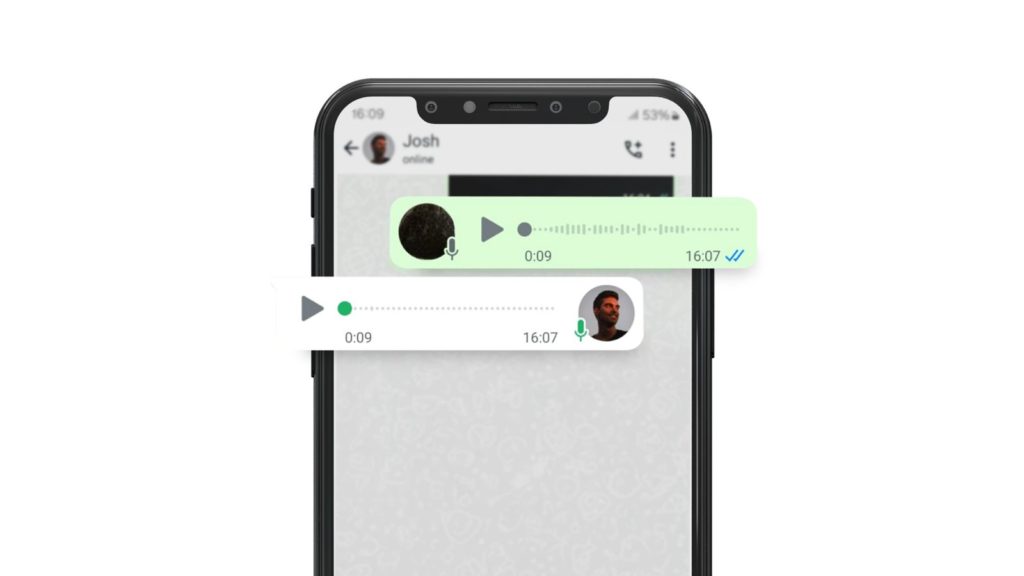Embrace the Future of Interaction with Voice User Interfaces (VUI)
Voice User Interfaces (VUI) are revolutionizing the way we interact with technology, offering an intuitive, hands-free experience that simplifies daily tasks. From smart home assistants to customer service bots, VUIs are making technology more accessible and user-friendly.
Voice User Interfaces rely heavily on Natural Language Processing (NLP), enabling systems to understand and respond to human language naturally and intuitively. This technology allows VUIs to interpret commands accurately, breaking down the complexities of human speech.
Additionally, VUIs leverage context awareness, which enables them to recall previous interactions and tailor responses to the user’s specific needs. Consequently, the user experience is enhanced by making interactions more relevant and efficient. Furthermore, effective VUIs offer clear and immediate feedback, assuring users that their commands have been registered and comprehended. This fosters trust and satisfaction.
Benefits of VUI:
- Enhanced User Engagement: VUIs offer a natural and intuitive way to interact with technology.
- Increased Accessibility: VUIs provide hands-free and eyes-free interactions, making technology accessible to a wider audience, including people with disabilities.
- Efficiency and Convenience: VUIs streamline tasks, making everyday activities more efficient and convenient.
Design Best Practices for VUI:
Effective VUI design involves several key practices. Keeping dialogues natural and simple is essential; interactions should be straightforward and easy to follow. Avoiding overly complex language and aiming for a conversational tone, consistent voice tones help create a cohesive user experience. Maintaining uniformity in the voice’s personality, tone, and style to avoid confusing users.
Accessibility in VUI:
Prioritizing accessibility is crucial in VUI design. This involves creating interfaces that support voice commands for people with mobility impairments, enabling them to interact with devices without the need for physical contact. For users with hearing impairments, providing clear and understandable speech is vital. Ensuring the VUI can be easily heard and comprehended. Additionally, recognizing a variety of accents and speech patterns is important to cater to a diverse user base, ensuring that all users, regardless of their linguistic background, can interact effectively with the VUI.
Examples of VUI in Action:
1. Smart Home Assistants: Devices like Amazon Alexa and Google Assistant have become household staples. Helping users control smart home devices, play music, set reminders, and more.

Alexa
2. Customer Service Bots: Automated voice support is transforming customer service by providing quick, efficient assistance without human intervention.

Customer Service Bots
3. Navigation Systems: Voice-controlled GPS systems allow drivers to get directions hands-free, improving safety and convenience on the road.

Voice-controlled GPS systems in Google Map
4. Messaging Apps: Voice commands in apps like WhatsApp and Messenger enable users to send messages, make calls, and perform other functions without typing.

Voice commands in WhatsApp
Emerging Trends in Voice Technology:
- Advancements in NLP: Improved NLP will make VUIs better at understanding complex commands and nuances in human speech.
- Integration with AI: AI will enable more sophisticated, context-aware interactions, making devices smarter and more responsive.
- Expansion in IoT: VUIs will play a significant role in the Internet of Things (IoT), connecting and controlling a growing array of smart devices.

13 comments
acheter kamagra cod
August 17, 2025 at 8:02 amle lendemain kamagra
livraison le lendemain kamagra pas cher
how to order enclomiphene low cost
August 17, 2025 at 8:57 ampurchase enclomiphene purchase in australia
cheap enclomiphene cheap fast shipping
buying androxal no rx needed
August 17, 2025 at 11:25 ambest price generic androxal
order androxal canada low cost
online order dutasteride generic version
August 17, 2025 at 12:02 pmbuy dutasteride generic online buy
how to order dutasteride cost without insurance
online order flexeril cyclobenzaprine generic real
August 17, 2025 at 12:20 pmflexeril cyclobenzaprine online order no prescription
buy cheap flexeril cyclobenzaprine price by pharmacy
buy cheap gabapentin price south africa
August 17, 2025 at 3:00 pmhow to order gabapentin buy singapore
cheap gabapentin purchase toronto
buy fildena cheap usa
August 17, 2025 at 4:13 pmbuying fildena generic tablets
buy fildena generic alternatives
online order staxyn generic extended release
August 18, 2025 at 2:24 amcheapest buy staxyn canadian online pharmacy
how to order staxyn cheap prices
buying itraconazole generic india
August 18, 2025 at 2:49 amordering itraconazole cheap uk
purchase itraconazole generic compare
discount avodart no prescription online
August 18, 2025 at 4:23 amcheap avodart generic alternatives
cheapest buy avodart generic pharmacy usa
xifaxan drug
August 18, 2025 at 5:12 ambuy xifaxan buy dallas
online order xifaxan generic order
how to buy rifaximin generic pharmacy in canada
August 18, 2025 at 5:31 amhow to buy rifaximin canada over the counter
ordering rifaximin usa discount
levné kamagra na prodej online není nutný předpis
August 18, 2025 at 8:01 amonline kamagra
nákup kamagra levné online
Comments are closed.